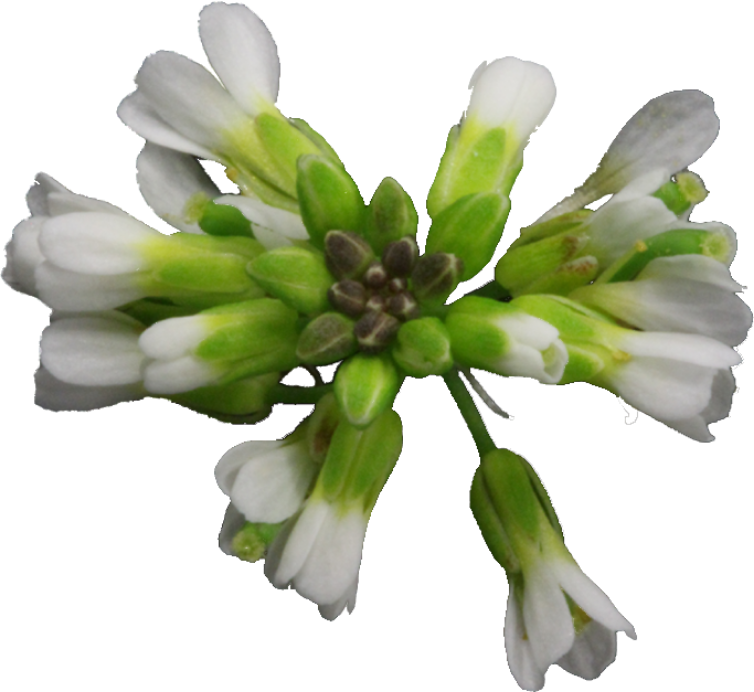Three parents one plant
Three parents one plant
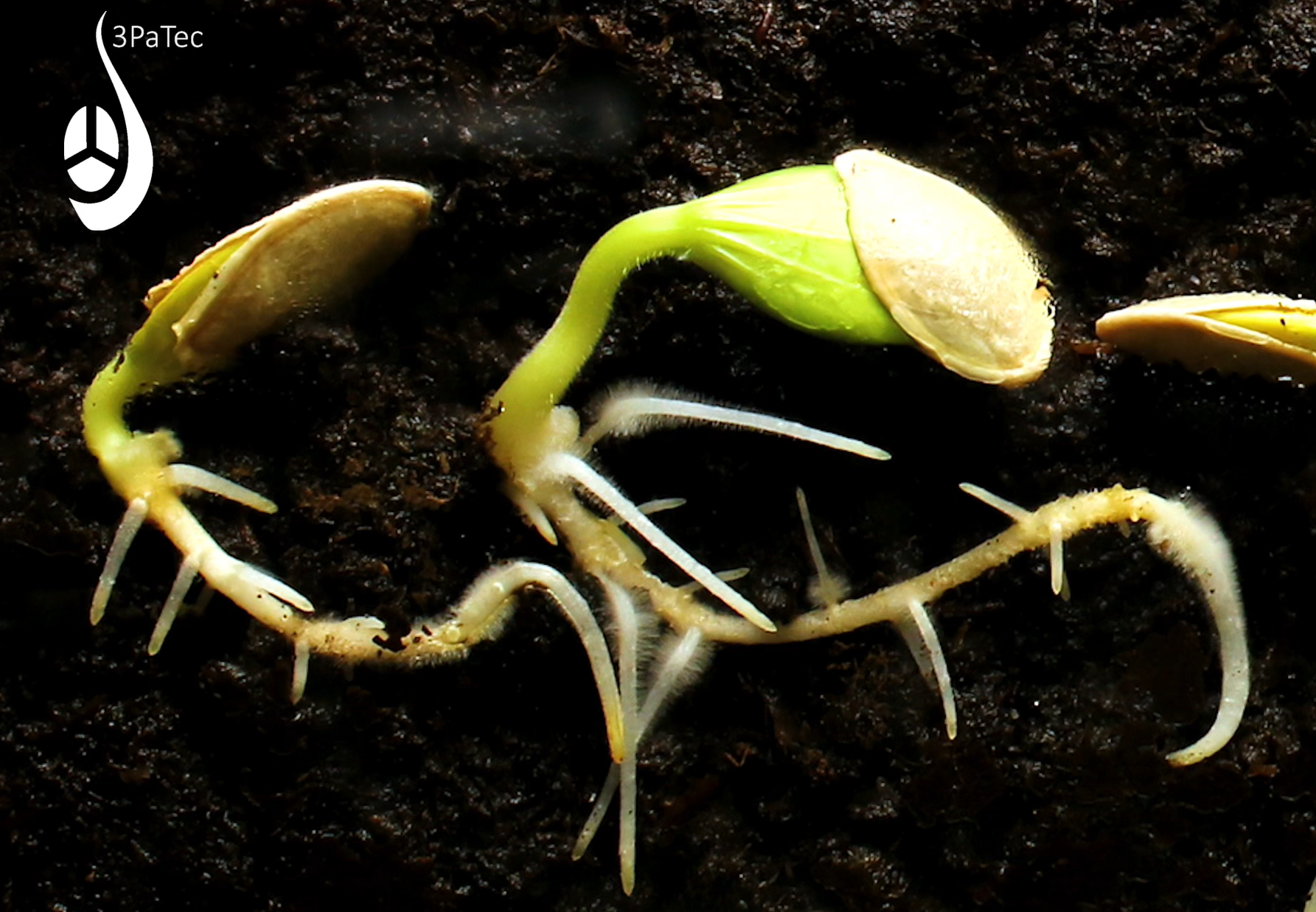
TRIPARENTAL PLANTS - A NOVEL OPPORTUNITY FOR PLANT BREEDING
Mutual inter-gender communication is crucial for the successful inception of new life and failures usually have devastating consequences. In rare cases, however, such failures lead to surprising results. One such scenario occurs during fertilization when additional sperm cells fertilize the egg. While lethal in animals, plant polyspermy is tolerated surprisingly well and can lead to the development of polyploid plants with three parents – one mother and two fathers. To identify such plants, we have established a high-throughput polyspermy detection assay that utilizes a bipartite three-parent sensor. Herbicide resistance is activated only if sperm from two fathers fuse with a single egg, which allows for the selection of triparental offspring.
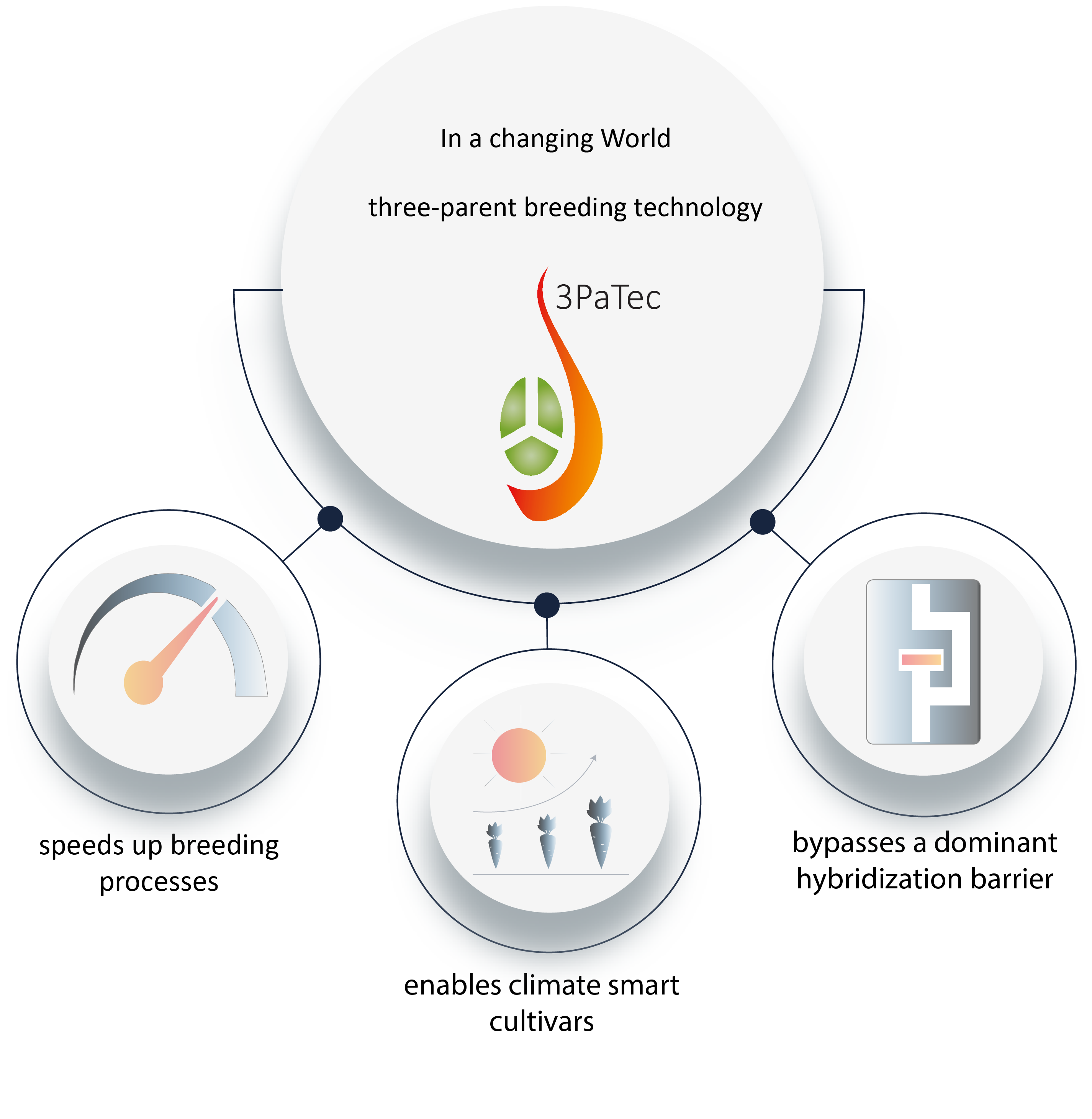
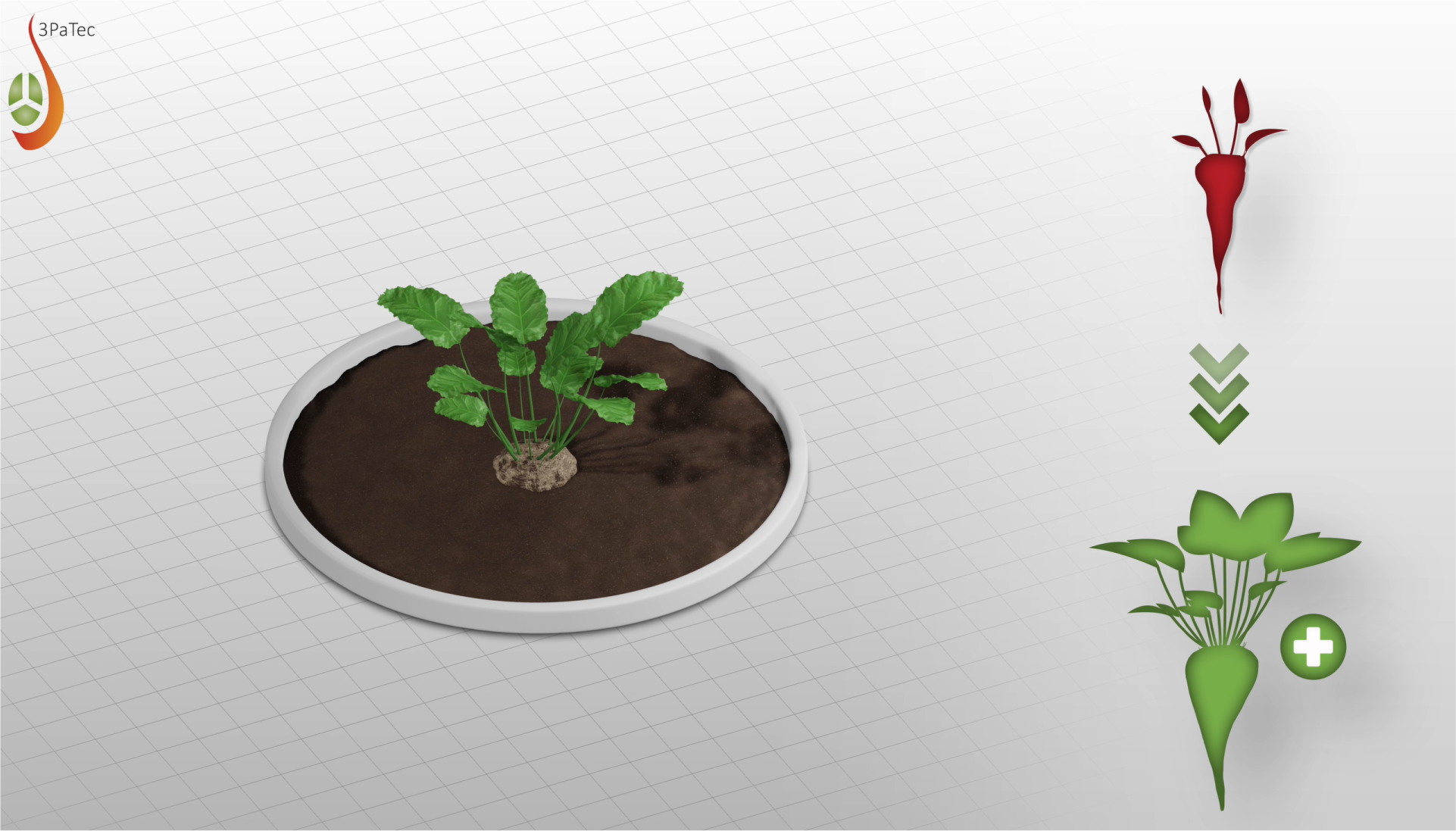
Three parent plants exhibit increases in height and organ size
In comparison to control plants, overall plant
height of triparental plants was increased by a
factor of 1.5 and the plants gave rise to bigger
inflorescences and flowers. In addition, we found that triparental plants produced significantly larger
organs when compared to control plants: Petal and sepal size were increased by 20.7% and 17.0%, respecvely.
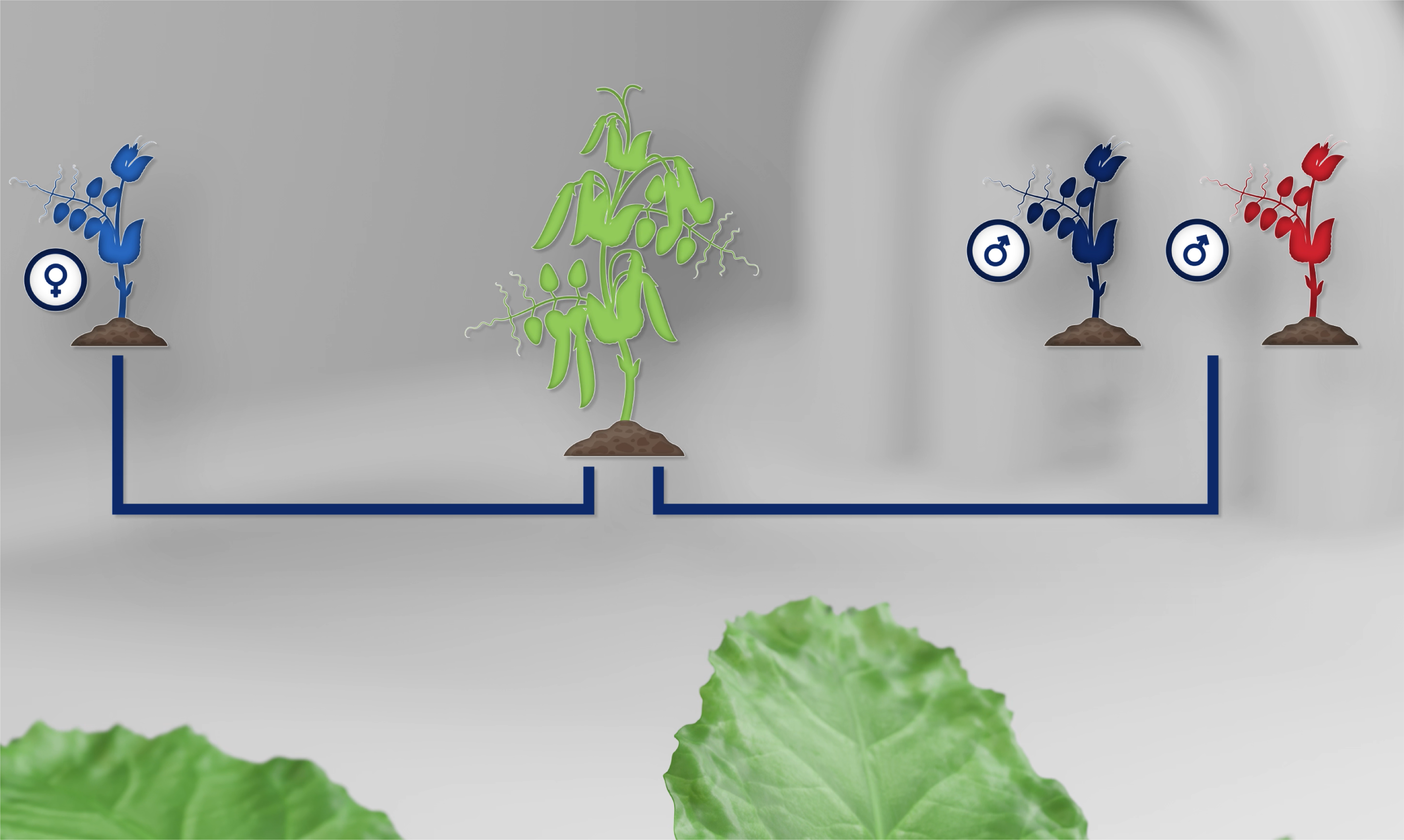
Polyspermy allows instant hybridisation of three accessions
The polyspermy-induced route towards polyploidization has further
important evolutionary implications, as it bears the potential to
instantly hybridize three different germplasms. Following a threeparent cross of three different Arabidopsis accessions we recovered a triparental plant that exhibited characterisc markers for each of the three accessions on all chromosomes indicating that all three nuclear genomes have been inherited. In addition, we observed that these idiosyncrac plants were still able to reproduce, and segregated diploid and tetraploid offspring within a single generation.
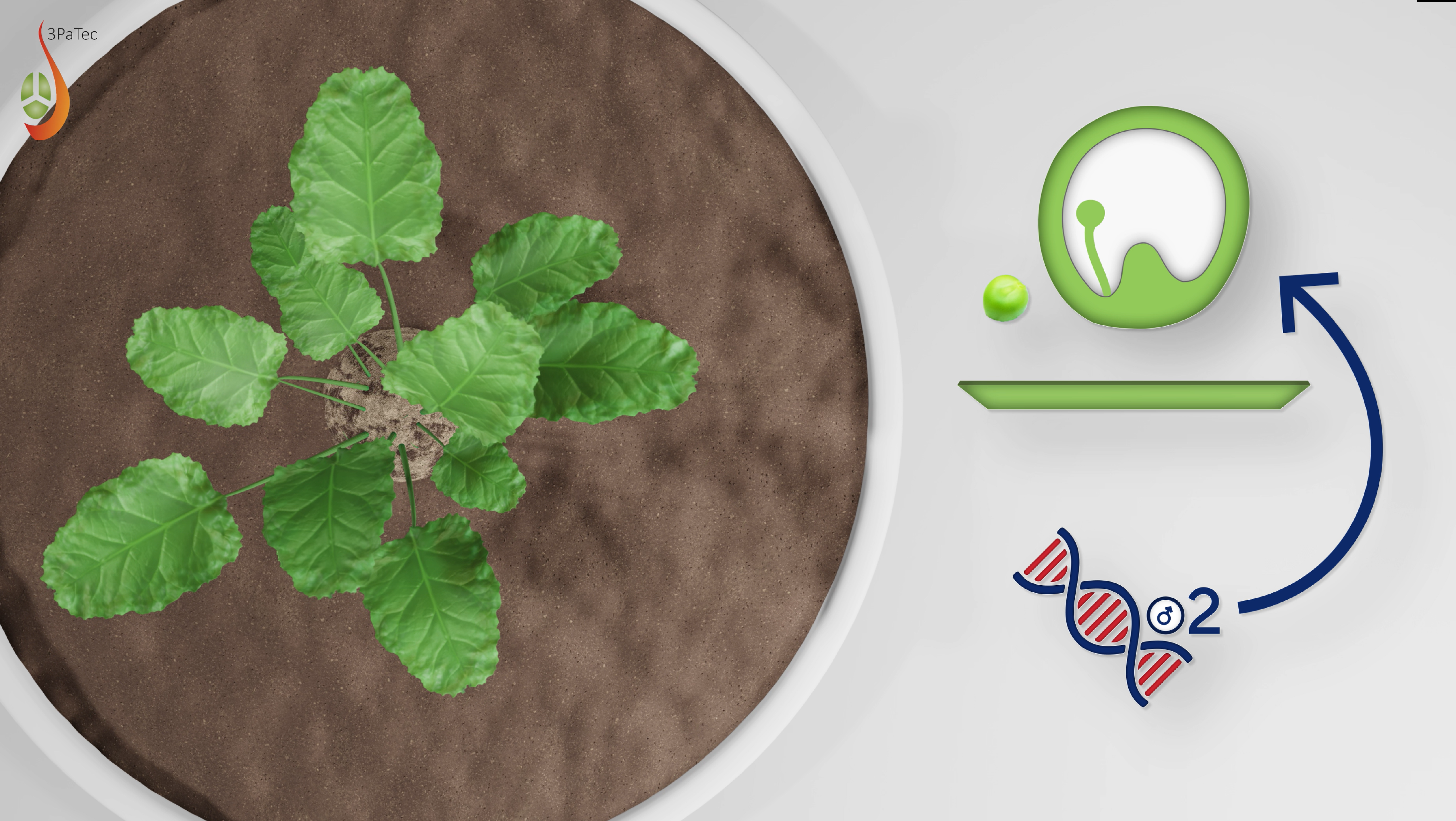
Polyspermy bypasses postzygotic hybridisation barriers
Combinations of different varieties (hybridisations) have been a powerful genetic source for new cultivars; However, breeding with these varieties is severely hampered due to genetic incompatibility.
This incompatibility often occurs in a part of the seed called endosperm, which serves as a genetic sensor during plant fertilisation. We recently showed that this hybridisation barrier can be circumvented using polyspermy. The potential of the method lies in the possibility of combining three different genomes in a single cross, whereby only two partners need to be genetically compatible. The findings can help to breed novel crops that, for example, cope particularly well with climate change.

TRIPARENTAL PLANTS - A NOVEL OPPORTUNITY FOR PLANT BREEDING
Mutual inter-gender communication is crucial for the successful inception of new life and failures usually have devastating consequences. In rare cases, however, such failures lead to surprising results. One such scenario occurs during fertilization when additional sperm cells fertilize the egg. While lethal in animals, plant polyspermy is tolerated surprisingly well and can lead to the development of polyploid plants with three parents – one mother and two fathers. To identify such plants, we have established a high-throughput polyspermy detection assay that utilizes a bipartite three-parent sensor. Herbicide resistance is activated only if sperm from two fathers fuse with a single egg, which allows for the selection of triparental offspring.


Three parent plants exhibit increases in height and organ size
Triparental Arabidopsis plants show increased overall plant height by a factor of 1.5 when compared to biparental plants. In addition, triparental plants produce significantly larger organs, including flowers and inflorescences. For example, petal and sepal size show increases by approximately 21% and 17%, respectively (Nakel et al., Nature communications).

Polyspermy allows instant hybridization of three accessions
The polyspermy-induced route towards polyploidization has further important evolutionary implications, as it bears the potential to instantly hybridise three different germplasms. Following a three-parent cross of three different Arabidopsis accessions, we recovered a triparental plant that exhibited characteristic markers for each of the three accessions on all chromosomes indicating that all three nuclear genomes have been inherited. In addition, we observed that these idiosyncratic plants were still able to reproduce, and segregated diploid and tetraploid offspring within a single generation.

Polyspermy bypasses postzygotic hybridization barriers
This incompatibility often occurs in a part of the seed called endosperm, which serves as a genetic sensor during plant fertilization. We recently showed that this hybridisation barrier can be circumvented using polyspermy. The potential of the method lies in the possibility of combining three different genomes in a single cross, whereby only two partners need to be genetically compatible. The findings can help to breed novel crops that, for example, cope particularly well with climate change.


